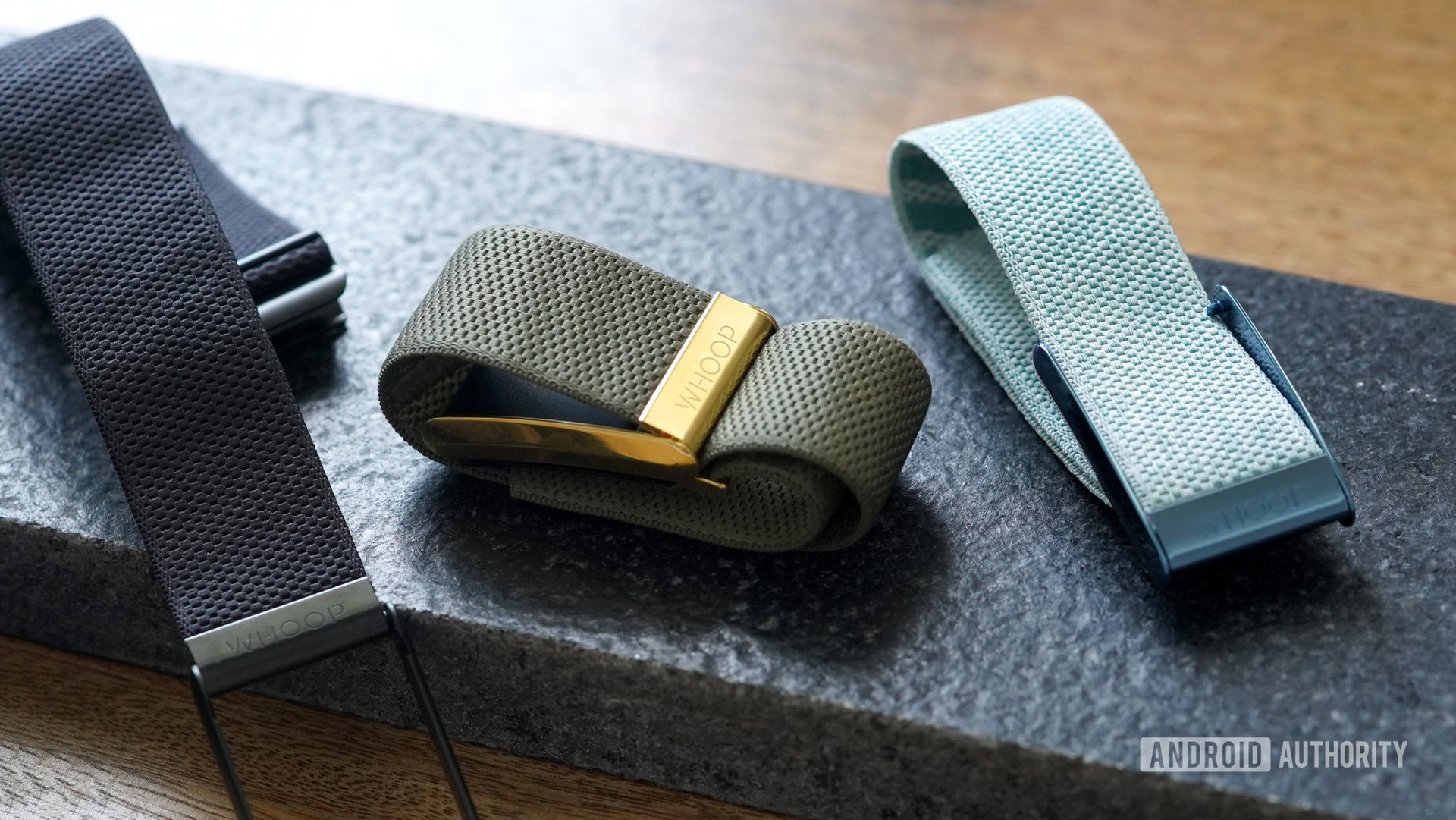During whole-home test runs, the RV20 cleaned my floor of dust bunnies and didn’t drop any dirt when crossing over thresholds. The RV20 fared admirably when picking up after my two cats as well. Its brush roll didn’t get tangled over time, despite its dustbin bursting with fur after each run.
(Credit: Andrew Gebhart)
My hard floors looked clean after mopping runs, with food stains from my furry roommates adequately wiped up. Putting it into mop mode is as easy as filling up the reservoir in the dustbin with clean water and attaching the mop pad. The RV20 can’t lift its mop pad clear of carpets like many pricier models, but in the app, I selected the option to have it avoid carpets but cross quickly when necessary while in mop mode. Alternatively, you can tell it to vacuum and mop your carpets if you don’t mind getting them wet.
My preferred setting worked well, as the RV20 recognized the rooms I’d labeled as carpeted and stayed away while in mopping mode.
To measure a robot vacuum’s cleaning prowess, I lock it in a 100-square-foot carpeted room with a clean floor. I spread a specific amount of rice on the floor, then turn the vacuum loose, weighing the dustbin before and after the run to see how much it picks up. I repeat the test with sand (which is much harder to pick up than rice), then again with both types of debris in a 100-square-foot room with a hardwood floor.
Note that for these tests, I’m using the results of the RV30 Max Plus, as it has the same suction power, design, and brush roll shape.
The Tapo RV series excels at picking up large particles (rice) on both flooring types. It collected 100% of the rice while on carpet, matching the Shark Ion Robot and beating the 90.68% of the Roomba Combo Essential.
Even on hardwood, the Tapo RV series collected an impressive 95.85% of the rice. This test can be trickier for some vacuums, as side brushes tend to fling rice particles on the slick surface. To gauge debris spread and edge cleaning, I distribute the grains along a wall for this test.
The RV series beat the Roomba Combo Essential for rice pickup on hardwood (91.45%), but fell just short of the Shark Ion Robot (97.55%). Nonetheless, it’s an excellent result as the RV series didn’t fling the debris and succeeded in gathering most of the grains from along the wall.
While the RV20’s 5,300Pa of suction power is plenty given the price, it’s well short of high-end models. For example, the $1,599.99 Roborock Saros 10 leads the pack with 22,000Pa. As I’ve found throughout my testing, listed suction power doesn’t always tell the whole story, as models with less have occasionally done better than more powerful robots. That said, deep cleaning, represented by our sand pickup testing, is one area where the budget-friendly Tapo RV series can’t quite keep up with more premium models.
Sand on carpet is a suction power stress test, and the RV series only managed to collect 26.98% of it, narrowly beating the Roomba Combo Essential’s 23.78% pickup. However, the Roomba worked much better for sand on hardwood, collecting 91.70% compared with the RV series’ 53.95%.
The RV series further proved its efficiency, finishing the carpet tests in an average of 14 minutes and 49 seconds (14:49) and hardwood tests in 22:01. Those times mostly match those of the Roomba Combo Essential (14:20 and 23:57) and significantly outpace the Shark Ion (74:30 and 75:46). The Shark Ion bumped its way around a room over and over again while the RV series efficiently covered the space once.
I also put the RV series through my mopping stress test, in which I spread 0.25 ounces of jelly in one spot on my kitchen floor to evaluate its performance. It ended up going over the stained area twice while in mop mode. The first time, it picked up some of the jelly but also smeared it a bit. On the second pass, it cleaned up most of the remaining jelly. It left some sticky residue, but didn’t spread seeds or stickiness to other parts of the floor, as some other robot mops tend to do.
The Roomba Combo Essential performed similarly on this test, spreading the jelly after one pass but wiping up most of the stain by the time it was done. Neither model has spinning mop pads that apply downward pressure like higher-end machines, but given the simple tech, both did impressively well.








